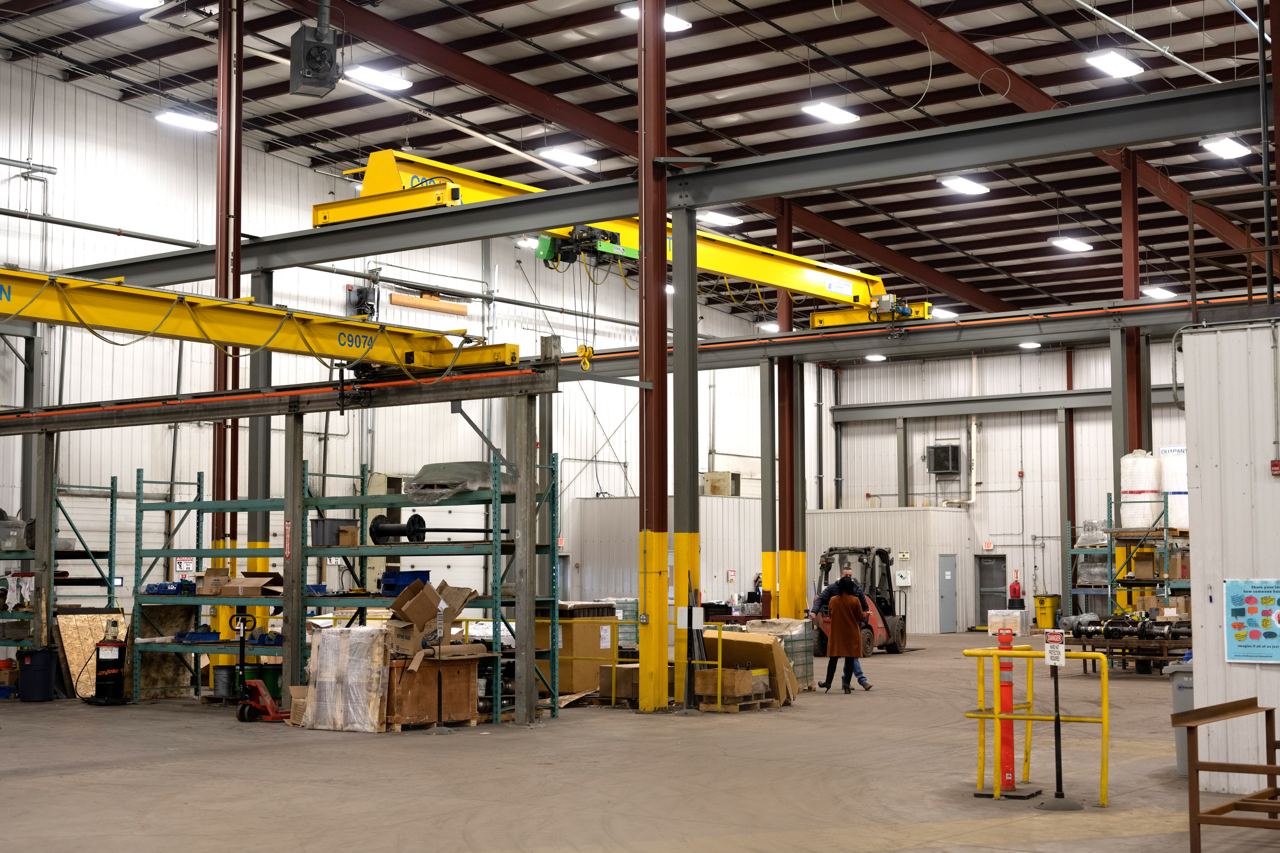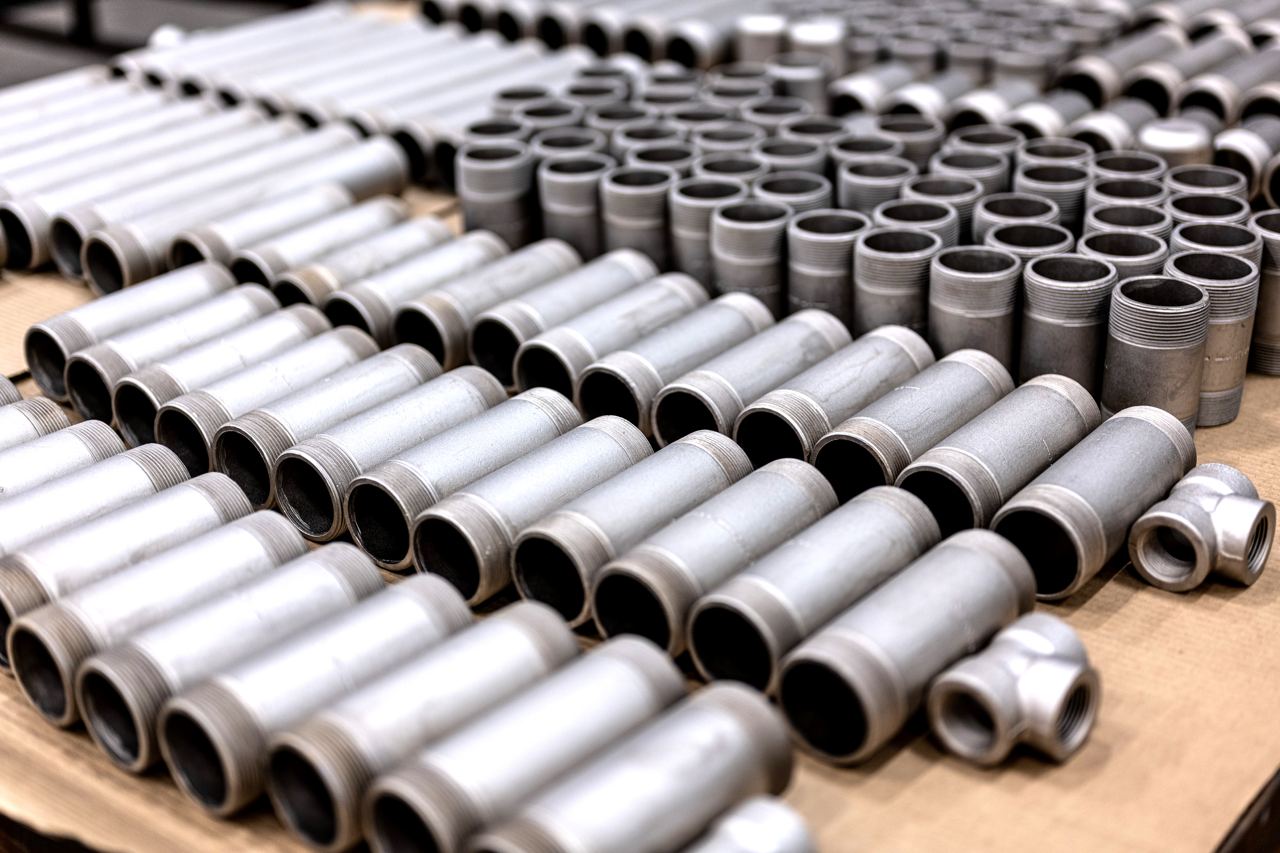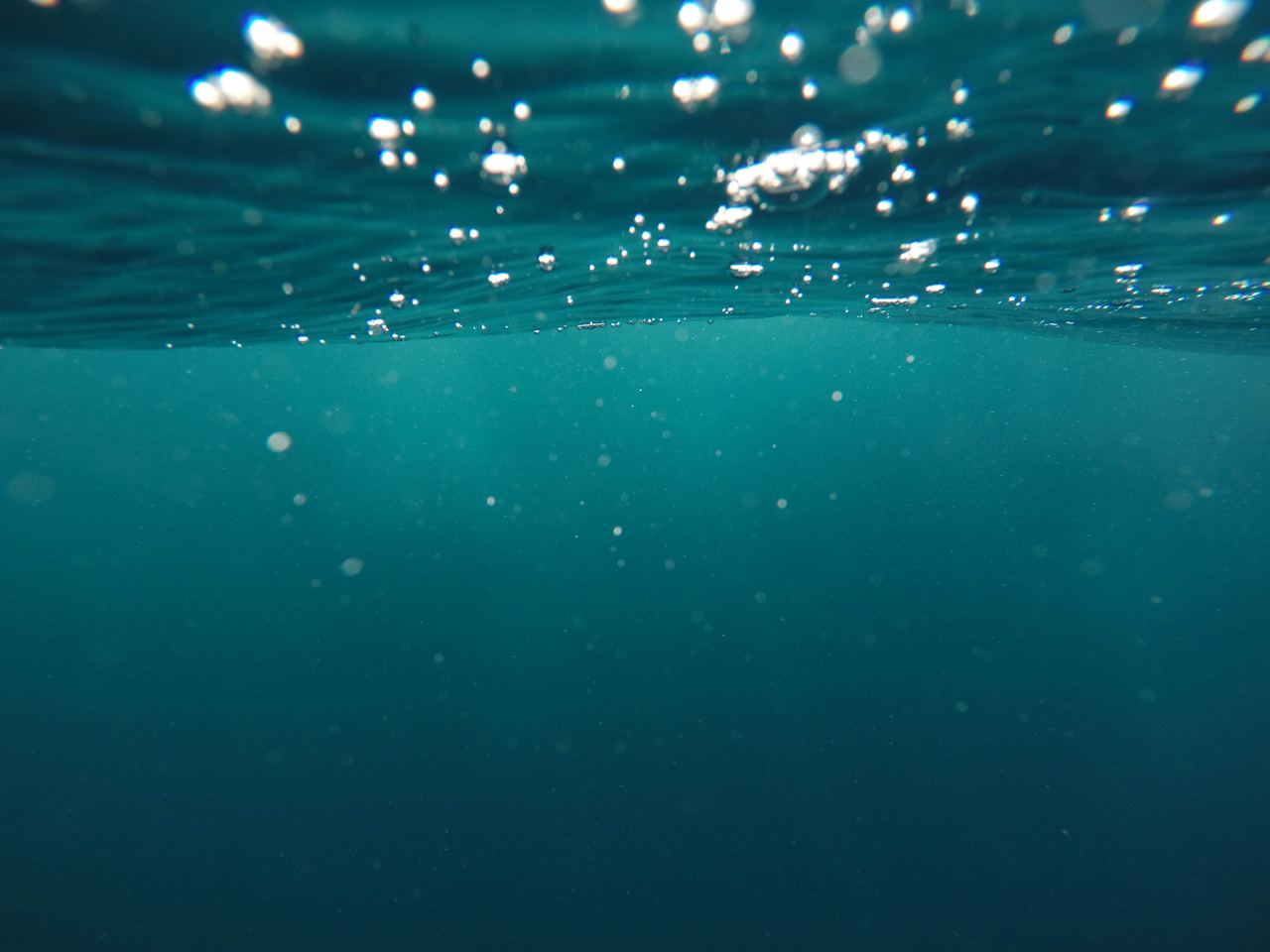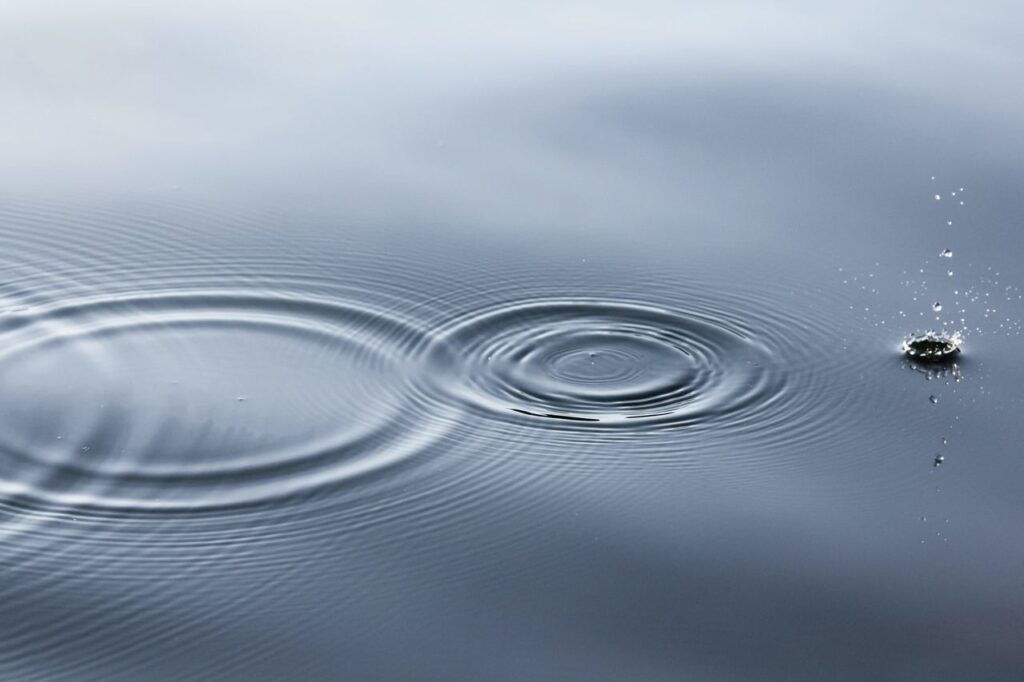Integrated Protective Coatings (IPC) 3000 is the premier coating for corrosion protection against brackish water conditions found in produced water.
IPC 3000 is a high phosphorus electroless nickel alloy coating that has a grain-free amorphous structure, imparting superior corrosion resistance and added wear resistance to the base material being coated. This post will break down how IPC 3000 works and why it is the best protective coating on the market for harsh and high-temperature environments.
How Does IPC 3000 Work?
IPC 3000 is an electroless nickel plating used to deposit nickel without the use of an electric current. It is meant to protect in high-temperature brackish water conditions that contain high chloride. The ability of IPC 3000 to outperform other coatings in high-temperature environments makes it the best solution when water injection into the reservoir is required.

What is IPC 3000 Made Of?
Electroless nickel-phosphorus (Ni–P) coating consists of an alloy of nickel and phosphorus. The autocatalytic deposition process occurs in an aqueous solution with chemical reactions caused by the catalytic reduction of the nickel ion with sodium hypophosphite in acid baths.
This electroless nickel process was invented by Brenner and Riddell in the 1940s. Since their first discovery, electroless Ni–P deposits have been widely used in various industries. This also includes engineering protection coatings to protect the inner and outer surfaces of pipes, valves or as functional films.
IPC 3000 is a Highly Phosphorus
The amount of phosphorus used in coatings is either classified as high, medium or low. The microstructure of the electroless Ni–P deposits changes from having a mixture of amorphous and nanocrystalline phases to a fully amorphous phase when the phosphorus content increases. Both high (10–16 wt%) and medium (5–8 wt%) phosphorus deposits have the same microstructure or it may consist of one or more compound phases.
- High phosphorus deposits have excellent corrosion protection and abrasion resistance.
- Medium phosphorus consists of a mixture of amorphous and nanocrystalline nickel phase.
- Low phosphorus deposits consist of nanocrystalline nickel with a small amount of amorphous phase or simply crystalline nickel phase.
At low phosphorus levels, the electroless nickel coatings have high wear resistance and excellent corrosion resistance.
Electroless nickel coatings with high phosphorus deposits, such as IPC 3000 are non-magnetic as-plated. Low phosphorus deposits melt at approximately 1300 °C whereas medium and high phosphorus deposits melt at approximately 890 °C. This is why IPC 3000 is proven to protect carbon steel against produced water with brackish and saline chemistry produced from oil and gas reservoirs located throughout the western Canadian provinces.

IPC 3000 Offers True Corrosion Resistance
IPC 3000 coating is a true barrier protective coating. What do we mean when we say that? IPC 3000 It is not a sacrificial coating like zinc plating. Instead, it provides a proven barrier between corrosive environments and the substrate.
The amorphous nature of IPC 3000 coating is part of what makes it so advantageous. It enables the coating to withstand very severe corrosive environments where typically only exotic alloys have been used.
We have successfully applied IPC 3000 to a wide array of Oilfield components which are subject to severely corrosive environments including things like valves, fittings, pipe spools, downhole completion tools, and more.
Also Read: IPC Series 9000: Full Bore Protection For Downhole Tubing
Why Choose IPC 3000 Over Competing Coating Products?
There are a number of competing coating products that offer protection against brackish water conditions including Zinc Electroplating and Nickel Chrome Plating Coatings. While these coatings can be sufficient in many corrosive environments, Electroless Nickel Coatings offer next-level protection and a host of other specific advantages.
IPC 300 Coating Benefits
–Excellent Mechanical Strength
–Excellent Corrosion and Chemical Resistance
–Competes with Exotic Alloys At a Fraction of the Cost
–Protection for Severe Corrosion Attack Including CO2, H2S and High Temperature Combinations
–NSF-61 Food Grade Coating
–Phenomenal Adhesion From Mechanical and Chemical Bonding
IPC 300 is relied on by hundreds of companies around the world in a wide range of industries including everything from petroleum and seawater to food and drug and manufacturing. To learn more about the industries our Electroless Nickel Coatings have been used in, click here.

IPC 3000 Is Right For Your Next Project
Searching for a coating that will provide reliable protection for your next project? All our Electroless Nickel coatings including IPC 3000 form an impermeable barrier between the base metal and the outside elements in order to enhance your project capabilities, and provide the best results and longest life-span for your equipment. IPC 3000 in particular also provides benefits other than excellent corrosion resistance, including friction protection and minimizing wear.
IPC 3000 is an excellent choice for applications requiring a thickness above .001” (25um). To discuss if IPC 3000 is the right for your next project, email us here. Or give us a call toll-free at +1 800-856-4959 to learn more about how IPC can help your business.




